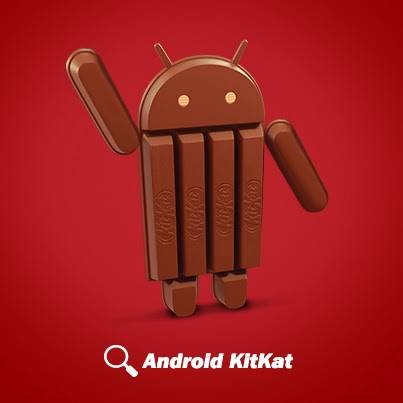
With just a day left before October ends, the whole tech world looks forward with much excitement, and perhaps less patience, to the long-awaited launch of Android 4.4 KitKat, with a shiny new Nexus 5 smartphone hopefully in tow. With nothing left to do but wait, we shift our eyes towards last minute leaks that help form a picture of what the next Android version will be about.
While we already have loads of rumors, tips, leaks, and screenshots of some interesting, and some not so interesting, features coming by way of Android 4.4, we do lack a certain general idea of the direction that Google is taking the Android platform in this upcoming iteration. Now thanks to some documents from Google to device manufacturers, we’re getting a glimpse of the tech giants plans for its mobile OS. And it seems that it is quite intent on solving Android’s biggest problems that plague its past and block its future.
Fragmentation is probably the biggest wart on Android’s face, both in terms of device capabilities as well as Android version. Although the last distribution numbers from early this month show Jelly Bean, which actually spans three releases, taking up 50 percent of the pie, devices running Android 4.0 Ice Cream Sandwich and Android 2.3 Gingerbread together take up the other half. While there is nothing Google can practically do to curb the myriad of incompatible device sizes and screen resolutions, it may now have a solution on the software side. Based on the aforementioned document, Google has made Android 4.4 usable not only on the latest high-end devices but also on low-end hardware, those that only have 512 MB of RAM. In theory, this should make it possible for even the cheapest of devices to run the latest Android version and not have to fallback to older ones that run better on weaker specs.

Android 4.4 is also forward-looking and will be adding support for the latest hardware trends, shedding some light on Google’s own plans for Android-powered smart devices. The next Android version will be bringing in support for a variety of sensors, including geomagnetic rotation vector, step detectors, and step counters. These are most useful in the case of wearable devices, giving a bit of credence to rumors of Google preparing its own smartwatch. Android 4.4 will also be including built-in support for IR (infrared) blasters, making it easier for app developers to create apps that control, say, some Google TVs or set-top boxes. And finally, there will also be ways to emulate physical NFC cards, instead of having to go through carriers in order authorize such items, making it easy to develop apps that take advantage of NFC hardware, something which the rival Apple devices still don’t have.
Of course, the presence of these new features doesn’t necessarily mean that Google will immediately be making devices that utilize them, nor does it mean that manufacturers will be quick at adopting them in their next batch of devices. But at least the foundations have been laid and, as they say, if you build it, they will come.
SOURCE: Jessica Lessin










It’s great that Google is making new versions of Android more accessible to manufactures however, they will still need to actually dedicate teams to making the software work on their phones with their respective skins. The problem with fragmentation isn’t Google as much as these skins.